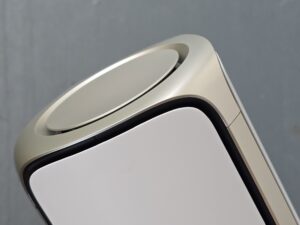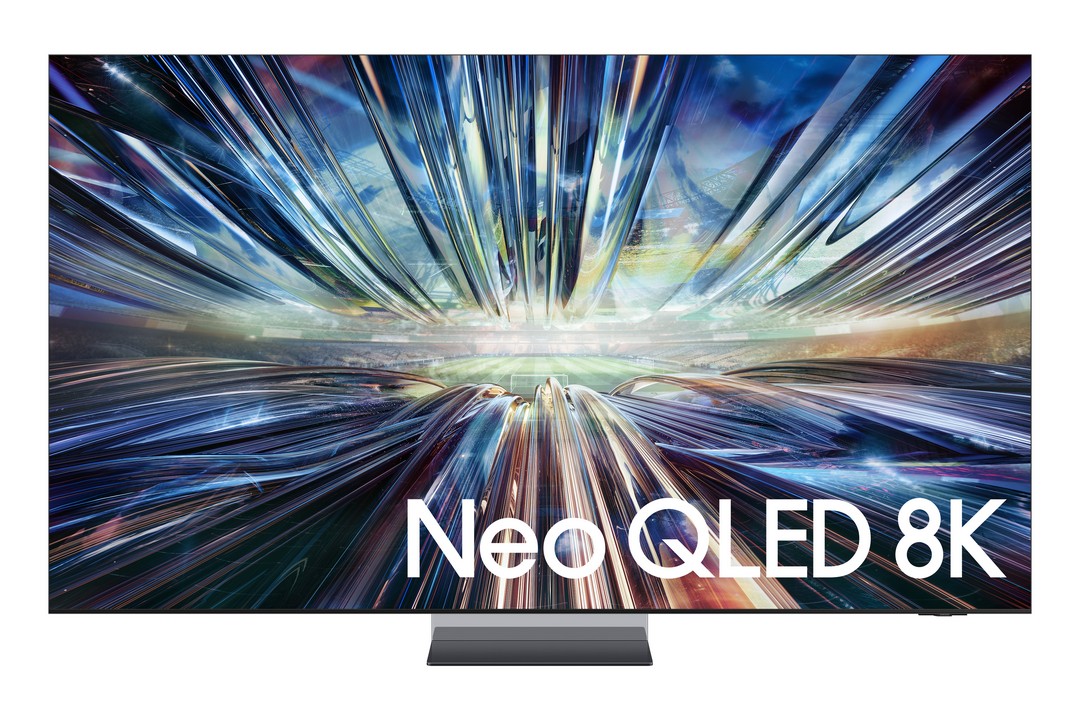
Do you need an 8K TV? Probably not, since there’s no 8K content yet on major streaming networks, but new TVs such as the Samsung QN900D Neo QLED TV are here to tempt you to spend a bundle for that higher resolution anyway.
The Korean electronics firm’s top-end TV for this year, the QN900D starts from S$8,499 in Singapore for a 65-incher. The review unit I got, a 75-inch model, costs a grand S$13,999.
That’s costlier than a slightly larger 77-inch OLED TV from Samsung, which goes for just over S$10,000. This means the QN900D, which uses the QLED technology that Samsung has been keen to provide, has to deliver the goods.
At least in terms of looks, you can’t fault Samsung. As with models from the past few years, the edges are slim and neat to a fault, ready to be mounted on a wall like a painting.
So slim are the bezels that they are almost invisible from the front. That’s as immersive as you can get with a screen, by making the edges almost disappear. Clearly, this is one good looking TV to adorn any living room.
The screen itself looks sleek with the stand, if you choose to place it on a console table. The incredibly delicate assembly is made possible by a Samsung OneConnect breakout box, which you can mount at the back of the stand smartly when the TV is not mounted on a wall.
This box lets you connect up various sources, say, a Sony Playstation or Microsoft Xbox, or even a PC using HDMI links. If you have a soundbar, you can hook up here as well, but more on that later.
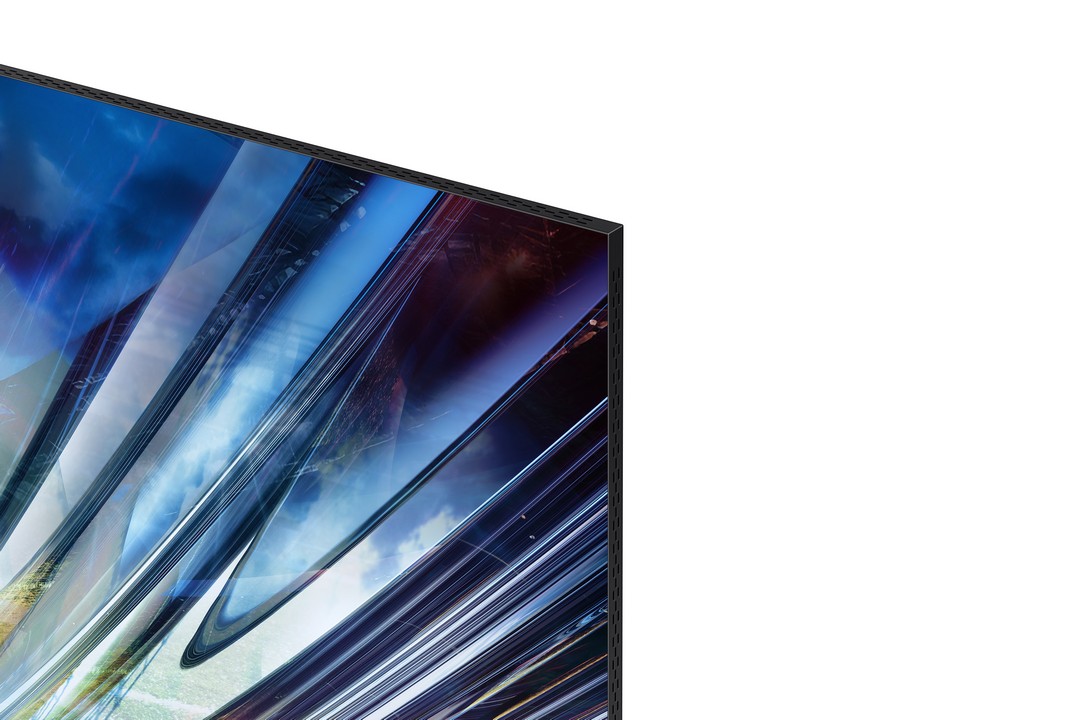
With the TV freshly out of the box, my good early impressions continue with the new Samsung Tizen operating system. It is zippy and attractive, not to mention tidy in its information display.
A little reminiscent of Google TV, the Samsung software organises all the available TV content in a logical, user-friendly fashion. If you set up Netflix or Disney+, for example, the content shows up on the home screen for quick access.
The same if you install local streaming apps such as Mediacorp’s MeWatch and StarHubTV in Singapore. Actually, loading the StarHub app on Samsung’s Tizen OS is the smart way – it runs a lot smoother and faster than using the pay-TV provider’s dreadful Android set-top box.
Firing up the first native 8K videos on YouTube, you can sense the sharpness of the high resolution on display. Okay, these are usually scenes that burst with vibrant colour and detail so are meant to showcase the best aspects of a screen, but you still get the improvement over a regular 4K screen if you look hard enough.
For my review, I had the 75-inch TV placed on a console table and I sat just slightly more than 2 metres away. The screen was large enough to make a difference when it came to sharpness at that distance.
That said, most content isn’t in 8K right now. To address this, Samsung says its NQ8 processor which comes with AI (everything comes with AI today) is able to upscale content that is in lower resolutions to look good on the 8K TV.
I think upscaling has come a long way, as we see in PC gaming these days, but when it comes to TV content, which varies a lot more, the upscaling may not always work as well.
4K content, which is already pretty sharp, even on a 75-inch TV when you sit close up, is generally fine on the QN900D. The upscaling may have helped here, as Samsung would like to think.
However, Full HD content, which packs in a lot fewer pixels than 4K and 8K, can come across somewhat veiled and unclear. It doesn’t help, of course, when you have been watching shows on higher resolution, which makes the difference even starker.
In other words, while the 8K upscaling may help with lower-resolution content, it certainly is not a miracle worker. Where there is a lack of detail, it’s not yet possible to “add” enough information to a video, unlike, say, in a PC game now with AI upscaling and other similar “magic tricks”.
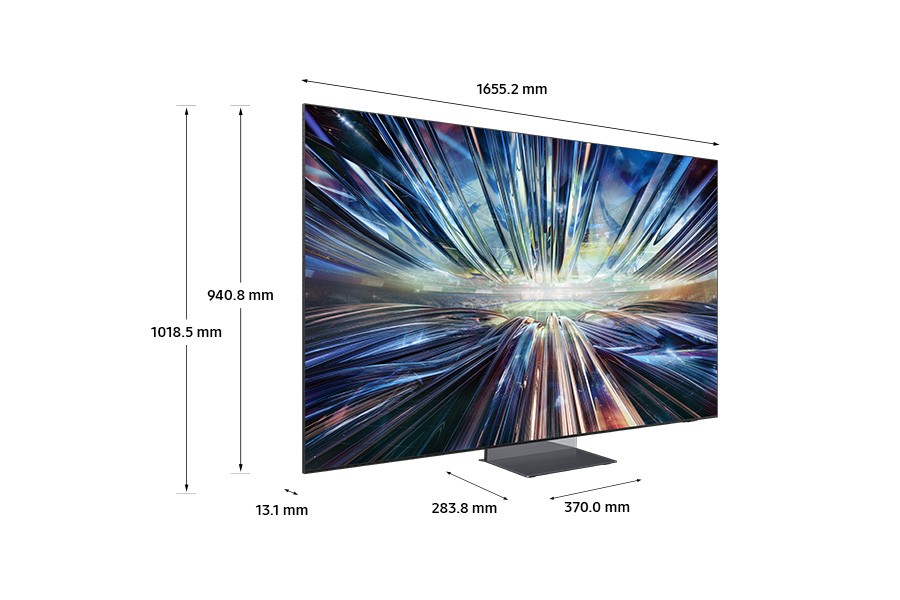
What is impressive is the picture quality that the screen’s backlight dimming offers. Contrast is excellent and reminds me of the best OLED screens I’ve seen, which display black deeply and impactfully.
HDR onboard also means scenes that are dark don’t lose details on the QN900D. You can sense silhouettes forming in the shadows, say, in The Batman on Netflix.
Generally, I’d say Samsung has kept colour vibrancy in check, especially when you turn on the Filmmaker mode that mimics what you get in a cinema (assuming your room is suitably darkened in sunny Singapore).
Even a black-and-white feature, such as Roma on Netflix, looks great with excellent contrast enlivening up scenes that are both poignant and dramatic.
One thing I think OLED screens might still do better in than Samsung’s QLED TVs such as the QN900D, is displaying motion in some movies.
OLED screens just seem to enable smoother and more natural movement in scenes, from a camera panning to a character walking across the screen. You don’t get the slight hint of jaggedness or stiltedness.
For games, fortunately, you get 240Hz capability on Samsung’s new TV. This means you should not suffer much perceivable lag when you fire up a first-person shooter game so you’d be the first to draw and win in a shootout. A big plus for gamers there.
Speaking of that, the Samsung QN900D works great with the company’s soundbars as well. By integrating the onboard speakers with the external soundbars and their add-on subwoofers and surround satellite speakers, you get a nice immersive experience for movies and games.
For our review, Samsung sent the top-end Neo QLED TV with its HW-Q990D audio system, which comes with a long soundbar, two satellite speakers and a subwoofer. The result: Excellent audio that grows in scale and delivers slam when needed in crucial moments in movies or games.
The 11.4-channel sound system isn’t cheap at S$1,899, but then, it’s quite common for retailers to bundle a soundbar system with a TV when you buy one.
So, bargain for a better deal for a surround system that adds amazing layers of details, for example, in that iconic seaside scene in Roma.
In that scene, you “enter the water” and hear the waves slamming all around you as you observe a character wading into the sea to save three kids who had swum too far out.
Even my folks at home were impressed at how real – and dangerous – those waves felt when they joined me to watch that particular scene.
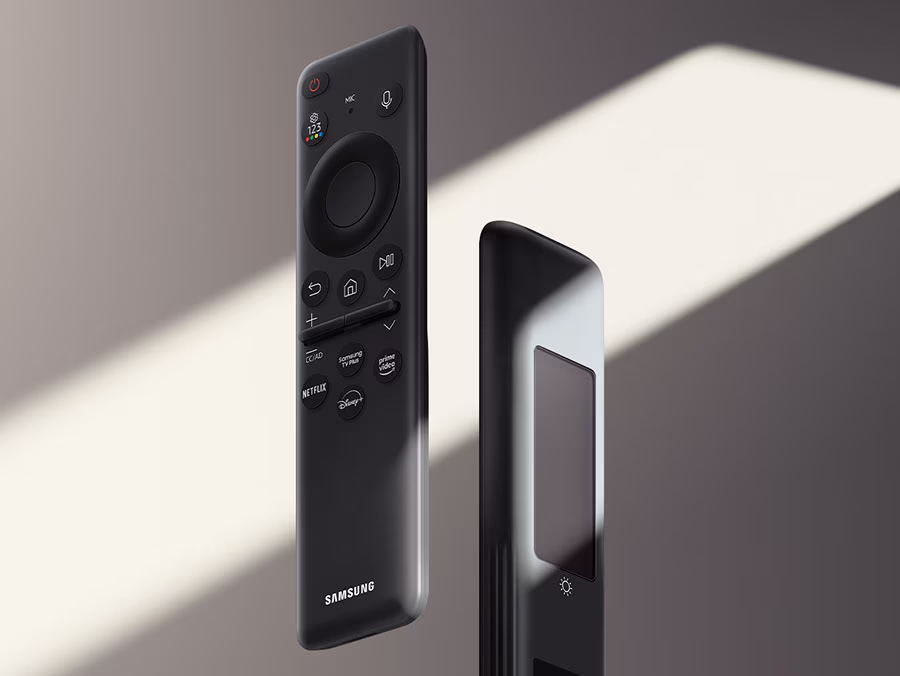
One thing I might improve on is the somewhat no-frills remote controller for what is Samsung’s flagship TV this year. Then again, this plastic gadget draws power from the sun, and does away with batteries, so it’s green.
Is it time to buy an 8K TV? Well, 8K is in its infancy now, which is like switching from 4g to 5G mobile networks a few years ago. What might help is more content coming in the new resolution, but that could take a few years, at the least.
Should you buy the Samsung QN900D now, then? Well, if money is no object and you want a sleek, great-looking TV with top image quality, then this new model from Samsung might fit the bill.
Then again, for that kind of money, there are surely many other options, including Samsung’s own OLED range as well as those of rival LG’s. You should check them out as well before plonking out all that cash on the QN900D.
